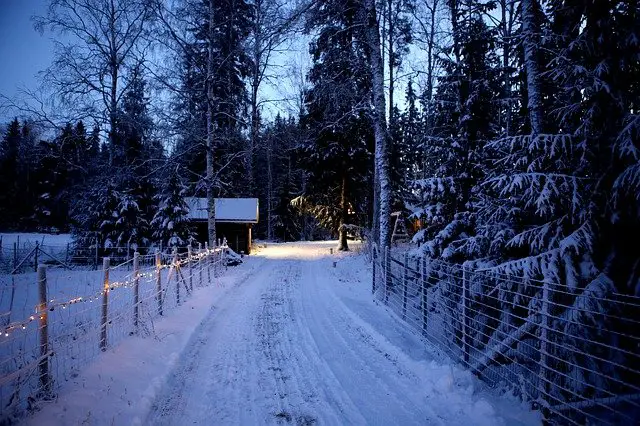No matter where you live, it’s likely that your home gets colder during the winter. And for many of us, that means cranking up the heating to try to keep warm. But there are lots of other ways to keep our homes warm, and they’re all worth knowing about.

Get the right heating for your home
Some of us live in apartments or houses where we can’t change the heating system, but many of us can make those changes, and they should be considered.
The first question to ask yourself is whether your heating system is efficient enough for the size of your home. Air or ground-source heat pumps are generally seen as the most efficient, but many of us are still using other forms of heating. Old furnaces and boilers may not be very efficient, making it harder to keep your home warm. If you’re running the heating system constantly during winter, this is a sign that your heating system isn’t suitable.
Of course, that’s not all there is to a heating system. How that heat is distributed may also be under-performing, whether that’s inefficient ducts or blocked radiators. If you’ve bled your radiators and moved furniture away from the panels, then you should feel warmer. But if rooms still feel cold, then underfloor heating may work better.
Underfloor heating is seen as a luxury, but with modern technologies making it easier and cheaper to install, it’s worth considering the switch. Underfloor heating can warm rooms more efficiently as it’s not coming from a single spot. As the heat rises evenly across the space, you feel the warmth quickly, wherever you are in the room.
Make sure your heating is working properly
Electric, gas and oil systems all require some work to keep them functioning safely and efficiently, but many of us are guilty of not keeping on top of seasonal maintenance. This includes checking furnace filters, warm air ducts and central heating radiators, as well as getting boilers and heaters fully serviced by a qualified engineer. Keep a note in your calendar, so you don’t forget to book in a service before the temperature drops.
Stop the heat escaping too quickly
Your heating can be working as efficiently as possible, but your home will still struggle to stay warm if it lacks insulation and draughts aren’t fixed.
At the very least, you should have some attic or loft insulation to stop heat escaping straight out of your roof. Windows are another big area of the home that heat escapes from. There’s no point upgrading your heating system if your windows are draughty and single glazed. Doors, floorboards, and baseboards are all places where we fail to plug draughts. Tackle these, and you may find your rooms are warmer.
Make the most of the sun
Making use of nature, our biggest natural resource is something many of us fail to do. It can range in cost from completely free to very expensive but does add warmth to our homes.
The cheapest method is to simply let the sunshine in. When and wherever the sun is shining, even on chilly days, let it shine into your home. Open your shutters, blinds and curtains fully to let the warmth penetrate the rooms. Despite what you may think, this can raise the temperature of a room by several degrees.
Implementing solar panels is another way to harness the sun’s energy, but it’s a far pricier approach. Don’t let this put you off, though. Surplus energy can often be sold back to utility companies, and you won’t be tied to rising energy prices.
Implement money-saving measures
Keeping your home warm doesn’t mean you need to spend more money. And implementing money-saving measures doesn’t mean a colder home. Using a thermostat is one of the biggest improvements people can make. It’s an effective way to keep your home at a stable, warm temperature rather than going from cold to hot and back again.
If you can’t afford to upgrade windows and doors, you should make sure the seals are working properly to limit your losses. Other cheap fixes include thermal curtains and draught excluders. You can also add devices to block unused chimneys and add foil to the back of radiators to bounce heat back into the room.
